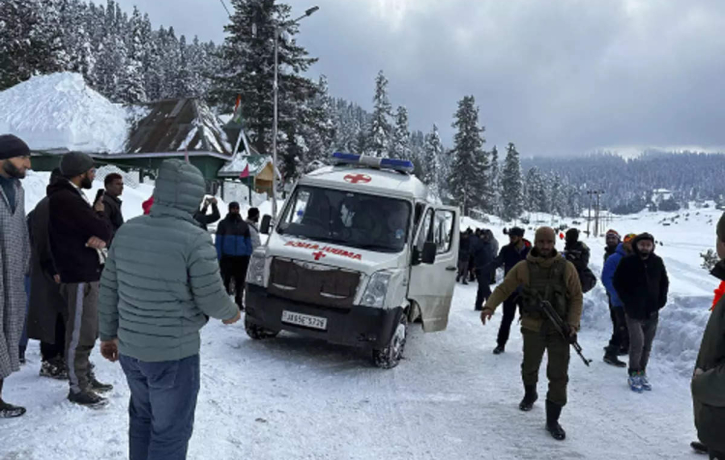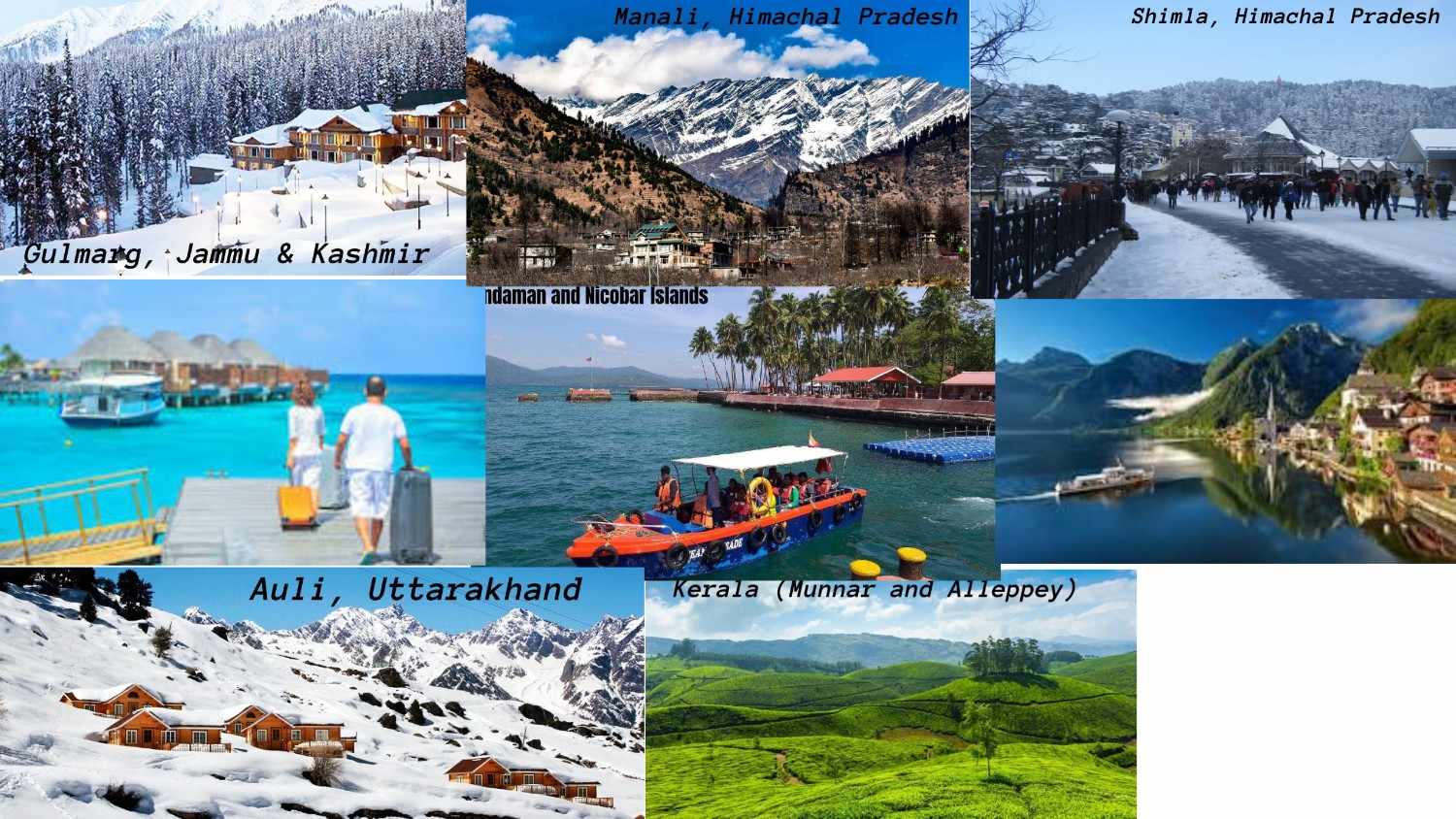Gulmarg Avalanche, Grief engulfs the famed ski resort of Gulmarg, Kashmir, India, following a devastating avalanche on Thursday, February 22nd. This incident, amidst heavy snowfall and prior warnings, tragically claimed the life of at least one foreign skier and left several others buried under the snow.
The picturesque resort, known for its powdery slopes and breathtaking scenery, witnessed a significant snowfall of 5 feet this week. Anticipating the danger, authorities had issued an avalanche warning for the area. However, the unpredictable nature of these powerful snowstorms unfolded with devastating consequences, highlighting the constant threat avalanches pose to winter enthusiasts in the Himalayas.
Rescue efforts are in full swing, with a large-scale operation launched to locate and save the trapped skiers. Manzoor Ahmad, head of the rescue team, confirmed the death of one individual and the rescue of five others, primarily foreign nationals. The identification of the deceased is still pending.
This chilling event echoes a similar tragedy that struck Gulmarg last year in February 2023. Two Polish skiers lost their lives then, while a rescue mission saved 19 others. The stark reality is that the mesmerizing beauty of the Himalayas comes with inherent risks. Avalanches are a constant threat for those seeking adventure on the slopes.
Beyond the Immediate Crisis, Learning from Tragedy
The Gulmarg avalanche compels us to look beyond the immediate crisis and delve into the factors that contribute to such events. Here are some key areas for consideration:
Improved forecasting and warning systems Investing in sophisticated technology and well-trained personnel to monitor snow conditions and issue timely, accurate avalanche warnings can significantly improve safety.
Infrastructure development Developing dedicated avalanche control measures like strategically placed explosives or deflection walls in high-risk zones can help mitigate the risk of avalanches.
Enhancing awareness and education Educating tourists and local communities about avalanche dangers, safety protocols, and responsible behavior in avalanche-prone areas is crucial. This can involve mandatory briefings, clear signage, and readily available safety information.
Regulation and enforcement Enforcing stricter regulations on off-piste skiing and snowboarding in high-risk zones, particularly for inexperienced individuals, can help minimize avoidable risks.
Gulmarg Avalanche, The Human Cost of Tragedy
Avalanches not only leave a trail of physical destruction but also inflict deep emotional scars. The loss of life is a devastating blow to families and loved ones. The survivors may grapple with physical injuries, post-traumatic stress disorder, and the haunting memory of being caught in a terrifying avalanche. Support systems and mental health resources are crucial for those impacted by such tragedies.
A Call to Actio, Prioritizing Safety
The Gulmarg tragedy serves as a stark reminder of the paramount importance of safety precautions in avalanche-prone areas. Heeding official warnings, adhering to expert advice from experienced guides, and utilizing proper avalanche safety equipment like beacons, probes, and shovels are all crucial steps in minimizing risks and ensuring a safe and enjoyable winter experience.
Our deepest condolences go out to the families of the deceased and those currently awaiting news of their loved ones. This event serves as a call to action for all stakeholders involved in winter sports. Let us strive to create a future where the thrill of skiing and snowboarding is not overshadowed by the fear of avalanches. Through improved safety measures, responsible behavior, and a collective commitment to learning from past tragedies, we can make beloved winter destinations safer for all.






